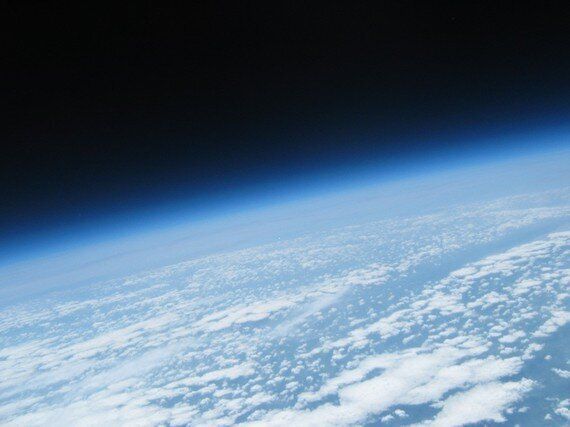Like the rest of the world, I was glued to the news in late 2014 - watching in awe as the European Space Agency successfully manoeuvred the Philae lander onto Comet 67P. The scenes from inside the control room as almost 20 years' worth of hard work finally came good were incredible to watch, and the fact that British companies such as my employer - BAE Systems - were involved made me immensely proud.
Most people watch these huge, historic occasions unfold in front of a TV or behind a computer screen, but I ask why we can't also strive for our own momentous victories - but on a smaller scale?
At the age of 20, I was made redundant. I had left school at 16, and was working as a craftsman for a small company near my hometown of Stoke-on-Trent. The news left me absolutely devastated, but it also gave me the push I needed to get out there and look into new opportunities.
I knew I wanted to get a qualification in a trade, but university wasn't right for me - the lack of hands-on training would have just left me twiddling my thumbs. What leapt out at me instead was an apprenticeship, which gave me the opportunity to study a part-time qualification at college whilst working and earning a wage. After a series of interviews, I was lucky enough to get a role as an Advanced Tool Making Apprentice at BAE Systems' Radway Green site near Crewe.
Day to day, I was working as part of a group of ten - solving problems and fixing machine parts on the factory floor. The hands-on experience with advanced machinery offered by my apprenticeship really inspired me to be more inquisitive, expand my horizons and try things out for myself, looking for interesting solutions rather than putting up barriers.
This new mind-set was put to the test when one of my college lecturers challenged us with what felt like an impossible task - take a picture of the curvature of the Earth, using items costing less than £100.
My first attempt failed, but through that failure I learned a lot about my design and the forces involved - and using some of the skills I acquired during my apprenticeship, I had a second run at it.
On Friday 16th May at 11:00am, I launched a helium balloon camera from my college in South Cheshire. The 1000g latex balloon was filled with a predetermined amount of helium on the ground to provide the correct amount of lift, and to enable it to reach my desired burst altitude.
Rising to exactly 100,000 feet (almost 19 miles) in one hour and 38 minutes, the balloon expanded to its maximum diameter of 8 metres and burst, causing the capsule to descend back to earth. It landed just outside of Keele at 13:20pm, only 14 miles away from my original starting point.
The main camera on board was programmed to take a photo every 7 seconds with the use of special camera software. The result? An astonishing picture showing the curvature of the earth, taken from the very edge of our atmosphere in what's called 'near space'.
When I saw it, I was overjoyed. The photo was so clear, and I couldn't have been prouder of my achievement. Having applied the same skills as I use on the factory floor every day, it really drove home that solving problems under your own steam yields not only amazing results, but an incredible sense of achievement.
The feat also earned me a new nickname - Rocket Man, something I'm still being called six months on.
But this is just my example. Doing your own project doesn't have to involve trying to touch the Earth's atmosphere or landing on a comet - but there's still no better feeling of reward then setting your own goals and achieving them, no matter how lofty or down-to-earth.
Me, before and after:

And my own photo from near space...
